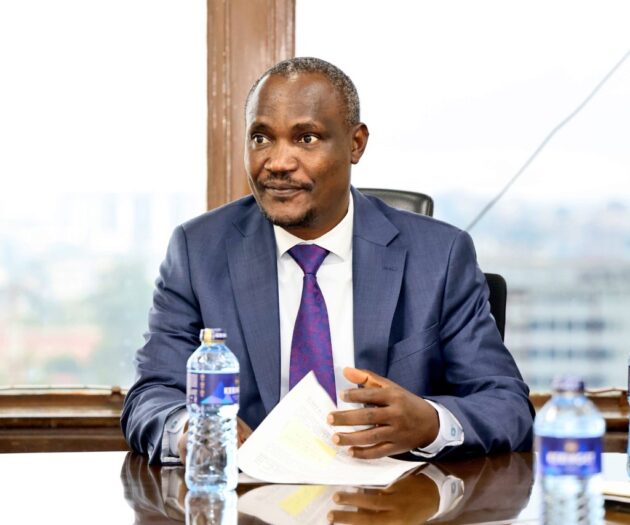
Mbadi defends use of Sh7 from fuel levy to construct roads » Capital News
NAIROBI, Kenya, July 17 – Treasury Cabinet Secretary John Mbadi has defended the government’s decision to use an additional Sh7 from the fuel levy to finance road constructions, saying it was the only viable option to restart stalled infrastructure projects.
Mbadi noted that the government took the decision to avert a crisis that saw contractors abandon the site over lack of payments.
“The road maintenance levy as it is right now is not being used in a way that makes Kenyans see the value of that levy. We had a fiscal space that is constrained and all the contractors working on our major roads had stopped working,” said Mbadi.
“We had a choice to continue misusing this additional seven shillings by putting marram on the roads or use it to get contractors back on the roads and that is the route we took.”
His remarks come amid rising public discontent following the Energy and Petroleum Regulatory Authority’s (EPRA) recent increase in pump prices.
Super petrol now costs Sh8.99 more per litre, while diesel and kerosene went up by Sh8.67 and Sh9.65, respectively.
Critics, including Kiharu MP Ndindi Nyoro, have accused the government of using the Road Maintenance Levy as collateral for what he termed an “illegal debt.”
He alleged that the administration had effectively mortgaged future collections to secure funds without parliamentary oversight.
In response, Roads and Transport Cabinet Secretary Davis Chirchir refuted claims of fiscal irresponsibility, clarifying that the government used a legal mechanism known as securitisation to raise Sh175 billion.
The funds, he said, were used to pay off verified pending bills that had stalled over 580 road projects across the country.
The financing involves a Special Purpose Vehicle (SPV) that receives Sh7 out of the current Sh25 per litre Road Maintenance Levy.
Earlier, Energy Cabinet Secretary Opiyo Wandai also dismissed claims linking the fuel price hikes to the securitisation model, attributing the adjustments to global oil market dynamics.